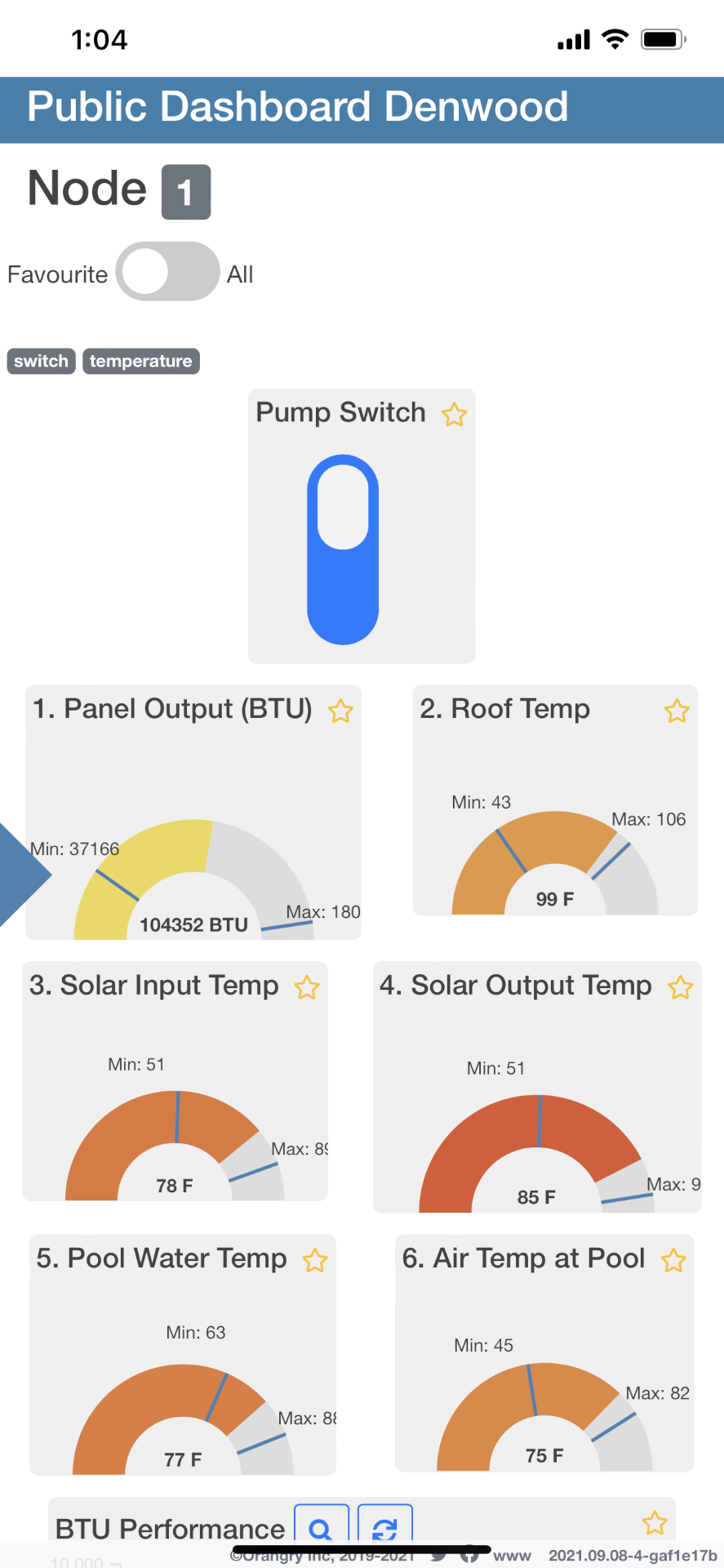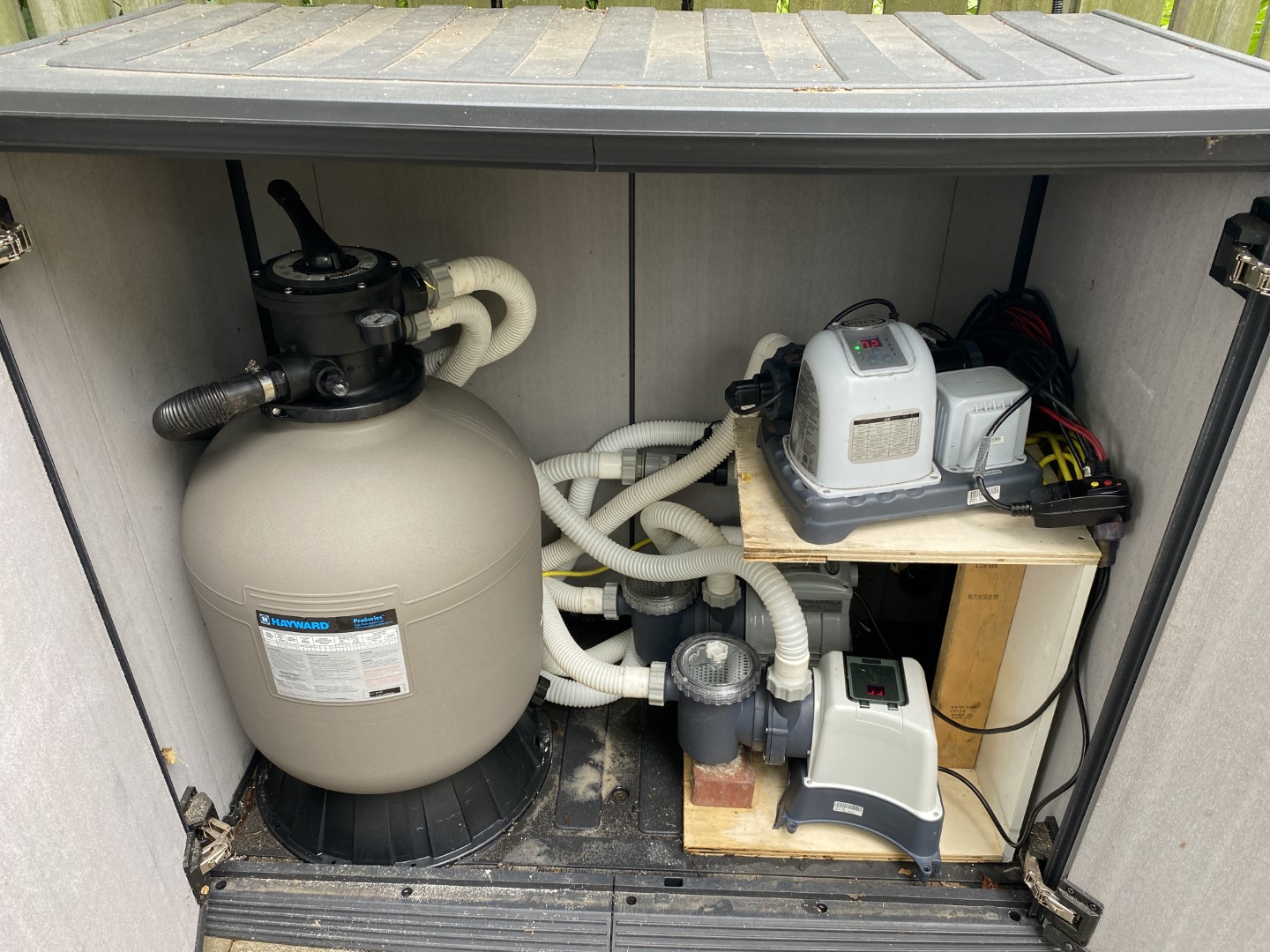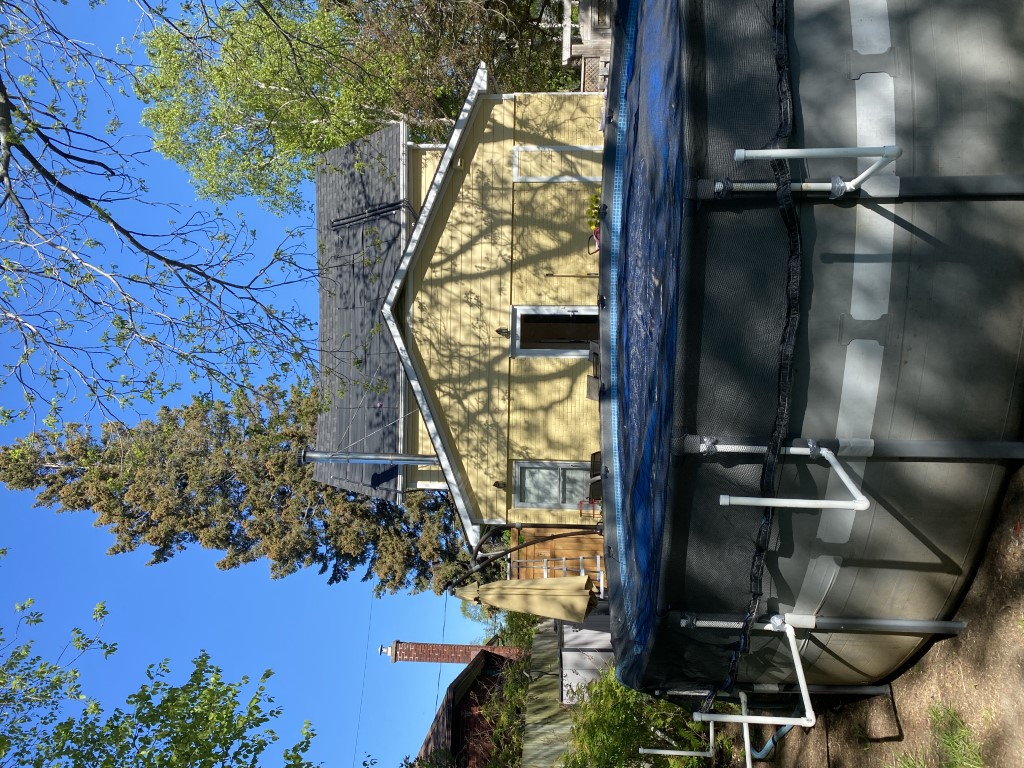I am currently using a two pump solution. When the pump that came with my previous Intex pool failed mid-season last year, I got a small Intex pump to limp through the season. The new Bestway pool has the two ports T-ed to the pump and a "heater" pad. My take was that with the two intakes and the restriction of the pad, the rail mounted skimmer (left over from the Intex pool) didn't have enough suction.
What I did was I connected the inlet of the new pump directly to one of the 1-1/4" ports (the one connected to the skimmer) and the outlet directly to the 1-1/2" return port on the pool. The other port I connected to that small Intex pump which then goes through the pad. Because of space considerations the pumps are sitting on a platform approximately at the level of the ports and the pad sits on a platform above them tilted to the sun. (Imagine how little suction there would be for the skimmer if the "main" pump had to also lift the water a few feet.)
This has several advantages: increased suction for the skimmer; lower electric consumption for the heater; slower flow through the heater and separate schedules for the two functions. Another neat thing is that while the new Bestway pump has one of those annoying GFIs that trip when they lose power making them totally unsuitable for use with a smart plug, the Intex can be used with one. While I still have to manually turn the pumps on (the Bestway with its switch, the Intex with my phone or desktop), I'm writing a program to cycle the heater pump since, optimally, the heating should work as well if it's intermittent.
This, the first year for the Bestway, I hurried planning and execution. For next year I'll rebuild the pump "house" so that
- the pad will be angled optimally
- use PVC piping as much as possible
- plumb the pad so there's a check valve and a vacuum breaker so that water stays in the pad when the pump is off
- have a proper program in place to intermittently cycle the heater (1 minute on, 9 off?).
WARNING: by eliminating the T on the pump inlet, I created a SAFETY HAZARD. In my case, I'm absolutely sure that it does not present a problem to the two or three people who might use the pool, even if the pump is running. Carefully consider your situation before you follow this.
Ideal flow for a solar collector like
@mas985 suggested is .1 GPM/sq/ft. I've tested this with real time BTU measurements, and ya, any less and you will lose up to 25% efficiency from your setup. Cycling a solar pump is simply not done in the industry. If solar output water is hot, you're not running the system efficiently...and may in fact be adding very little heat to your pool when you calculate the actual BTU (or watts) input from your heater. This is why the DIY tube heaters look great on a youtube vid (look ma, 95 F water from my system!) but actually do very little to heat a pool. It's all about BTU input.
The OP has a 7000 US gallon pool. It takes about 60K BTU of heat output (so a heater running at 60K BTU for an hour) to raise that pool water temp by 1 F.
@jennmartinez1 your Intex pool pump will move about 4GPM through 160 square feet of collector (panels to cover 8'x20' of area) and generate 40-50K BTU on a sunny day for about 5-6 hours, assuming it's in good sun. I'm assuming air temps of over 70 F. That's a rise of about 5 F from the panels alone. If the pool is in full sun, you'll see another 6-8 F temp rise just from the sun on the pool. On a 50 F night, you might loose 3-4 F from the pool which you'd have to make up the next day. If you have shade/cool temps for a day or two, the pool might lose 7-8 F, so a full day of sun would be needed to recover that loss.
Here are some numbers from my system that would help with your installer:
The
panels must be plumbed for full parallel flow...so supply on one end and return at the other. Otherwise, restrictions will be too high for the Intex pump.
System performance specifications:
1. Pool Pump - Intex SF80110-1 , 0.2 amps , 1600 GPH.
2. Actual (measured) system flow with sand filter and 160 sq/ft solar array in use: 1028 GPH
3. Max measured BTU = 1028 x 8.33 x 6F = 51 379 BTU/hour
5. System head (max lift height to peak of roof) : 17ft
This is over 4 GPM per panel, and will see 50K BTU in full sun from 160 sq/ft of collector.
Because my setup is automated, I gather data from air temp at the pool, pool water temp, solar input/output temps and real time BTU numbers. After about 5 years of tweaking you learn a lot

This image (click image to go to the real time data feed) gives you an idea of system performance at 1pm in full sun, air temps 77 F. The pool water had cooled a bit after 2-3 days of shade/rain/cool weather.





